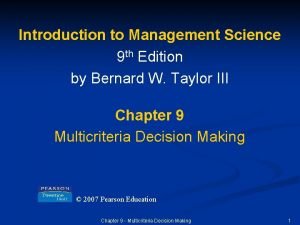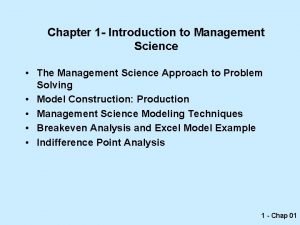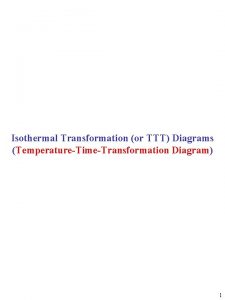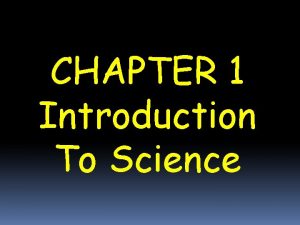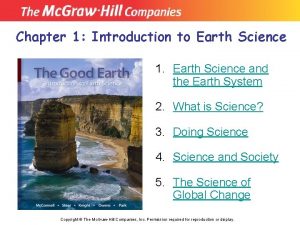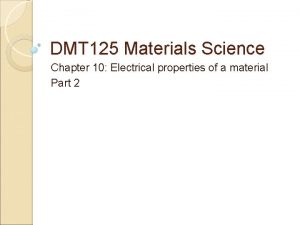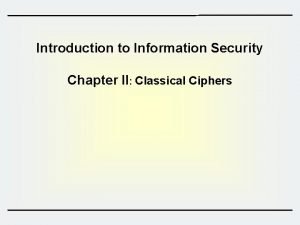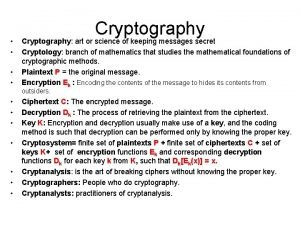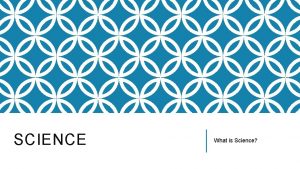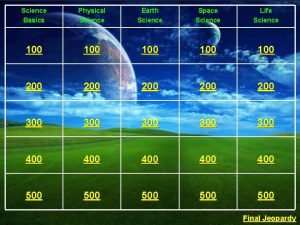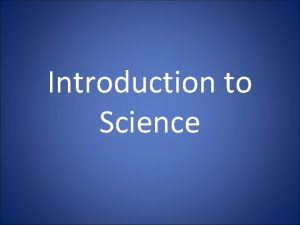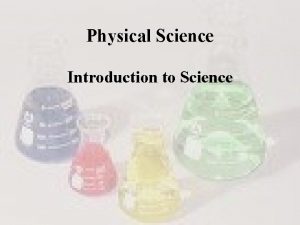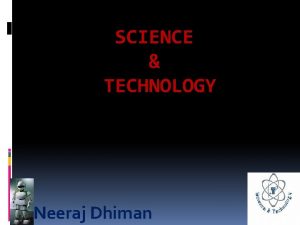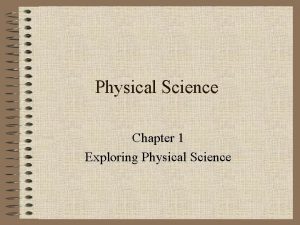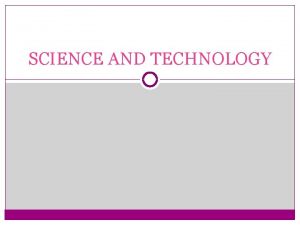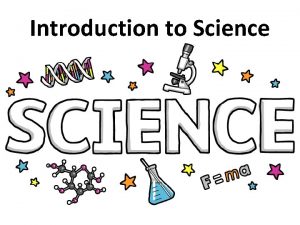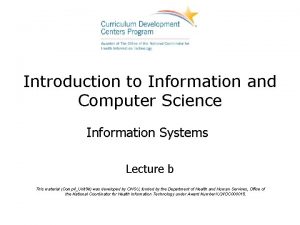Chapter 2 Introduction to Information Information Science and














- Slides: 14

Chapter 2 Introduction to Information, Information Science, and Information Systems

Data • Raw facts

Information • Processed data that has meaning • Information is data that is processed using knowledge. In order for information to be valuable or meaningful, it must be accessible, accurate, timely, complete, cost effective, flexible, reliable, relevant, simple, verifiable, and secure

Data Integrity • Refers to whole, complete, correct, and consistent data • Can be compromised through human error, viruses, worms, other bugs, hardware failures or crashes, transmission errors, and/or hackers entering the system

High Quality Data • Data that are relevant and accurately represent their corresponding concepts. • Data are dirty when there are errors in the database such as duplicate, incomplete, or outdated records

The data that we process into information must be of high quality and integrity to create meaning to inform our assessments and decision making.

Quality of Information • Necessary for it to be valuable and meaningful. • Characteristics of valuable, quality information – accessibility, security, timeliness, accuracy, relevancy, completeness, flexibility, reliability, objectivity, utility, transparency, verifiability, and reproducibility

Information Science • Science of information, studying the application and usage of information and knowledge in organizations and the interfacings or interaction between people, organizations, and information systems • Information science enables the processing of information

Information Science • is a multidisciplinary science that involves aspects from computer science, cognitive science, social science, communication science, and library science to deal with obtaining, gathering, organizing, manipulating, managing, storing, retrieving, recapturing, disposing of, distributing, or broadcasting information. Information science studies everything that deals with information and can be defined as the study of information systems. This science originated as a subdiscipline of computer science, in an attempt to understand rationalize the management of technology within organizations.

Information Processing • Is the conversion of latent information into manifest information. • Latent information is that which is not yet realized or apparent • Manifest information is obvious or clearly apparent. • Information science and computational tools are extremely important in enabling the processing of data, information, and knowledge in health care.

Information System (IS) • Combinations of hardware, software and telecommunications networks that people build and use to collect, create, and distribute useful data, typically in organizational settings • Can be manually based, but for the purposes of this text, the term refers to computerbased information systems (CBISs) • Designed for specific purposes within organizations

IS • Acquires data or inputs; processes data that consists of the retrieval, analysis, and/or synthesis of data; disseminates or outputs in the form of reports, documents, summaries, alerts, prompts, and/or outcomes; and provides for responses or feedback

IS • Capability to disseminate, provide feedback, and adjust the data and information based on these dynamic processes are what sets them apart • should be a user-friendly entity that provides the right information at the right time and in the right place.

Summary • Organizations are recognizing that their most precious asset is their information, represented in their employees, experience, competence or know-how, and innovative or novel approaches, all of which are dependent on a robust information network that encompasses the information technology infrastructure.
 Wwwk-6.thinkcentral
Wwwk-6.thinkcentral Favorite subject is science
Favorite subject is science Chapter 1 introduction to forensic science and the law
Chapter 1 introduction to forensic science and the law Introduction to management science chapter 5 solutions
Introduction to management science chapter 5 solutions Introduction to management science chapter 1 solutions
Introduction to management science chapter 1 solutions Introduction to materials science for engineers chapter 10
Introduction to materials science for engineers chapter 10 Chapter 1 introduction to science
Chapter 1 introduction to science Chapter 1 introduction to earth science
Chapter 1 introduction to earth science Introduction to materials science for engineers chapter 10
Introduction to materials science for engineers chapter 10 Rapid change
Rapid change Soft science definition
Soft science definition Introduction to information security chapter 2
Introduction to information security chapter 2 Cryptology an introduction to the art and science
Cryptology an introduction to the art and science Chemistry: the central science chapter 14 answers
Chemistry: the central science chapter 14 answers Natural vs social science
Natural vs social science



